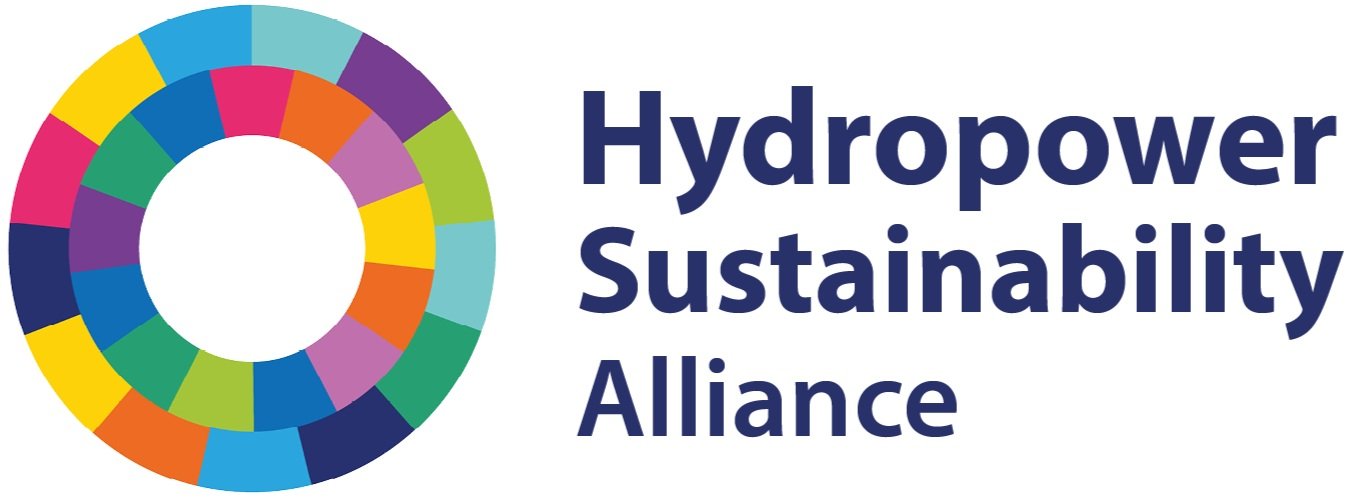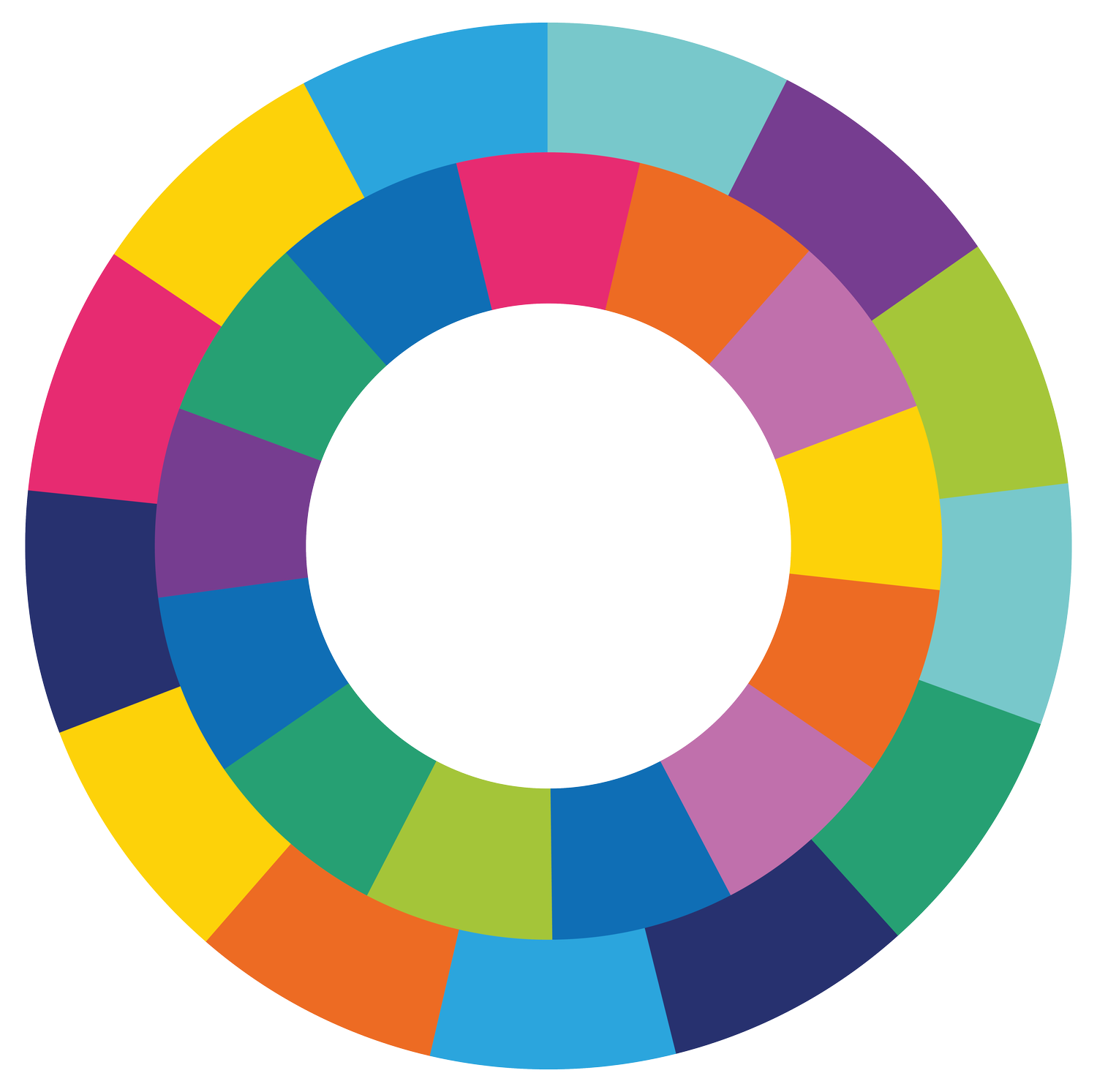
central & south AMERICA
South America experienced a significant increase in hydropower development in 2022, with 17 projects getting commissioned or coming online. Countries in this region are making considerable advances in implementing policies and setting targets to increase renewable energy production, specifically hydropower, since there is an abundance of this natural resource.
colombia
Hydropower makes up 70 per cent of national installed energy capacity and, in 2017, produced 86 per cent of national electricity generation. Thanks to hydropower energy, Colombia has positioned itself at the forefront of clean and sustainable energy systems worldwide, and is positively advancing towards its target to reduce greenhouse gases emissions by 20 per cent by 2030.
To maximise the benefits and minimise the negative impacts of such hydropower potential, we have partnered with SECO, the Colombian Ministry of Mines and Energy, and the Empresas Públicas de Medellín (EPM), to align expectations, improve project planning and development, and improve practices that enable a fair energy transition.
Several Colombian projects have been assessed in the past, with the Hydropower Sustainability Assessment Protocol. More recently, two projects have been assessed and both are pursuing certification under our standard.
Overall, our capacity building work, and the ownership assumed by government and industry actors, can position Colombia at the forefront of sustainable hydropower development in the continent.
brazil
In 2022, Brazil added approximately 300 MW of hydropower after commissioning over 15 hydropower plants, the largest of which was the São Roque plant at 141.9 MW installed capacity.
Due to socio-environmental considerations, the feasible exploitation is reduced to around 68 GW, highlighting the necessity of a sustainable approach in balancing power generation with ecological conservation. This includes the use of less invasive run-of-river systems, comprehensive socio-environmental impact assessments, and ensuring enhanced community participation in decision-making processes.
One of the first projects certified under our standard is located in Brazil. The country faces a timely opportunity to embed sustainable practices to improve hydropower in alignment with Indigenous Peoples and affected communities. That is crucial to meeting climate targets in the country, with a global impact.
Jirau HPP, photo by Jirau Energia
costa rica
At the end of 2016, Costa Rica reached a total installed hydropower capacity of 2.12 GW. The country dominated the headlines for the second consecutive year, achieving 100 per cent renewable electricity production for a total of 271 days.
This high percentage of steady renewable energy penetration throughout the country was facilitated by the critical role of baseload energy from hydropower generation. Representing roughly 75 per cent of the total electricity profile, hydropower is the largest source of energy in the country and can be utilised to support the increased penetration of more variable renewable energy sources both within the country and region.
The country has set a target to reach 100 per cent renewables power share by 2030, which will not be possible without hydro.
Costa Rica’s latest large project, Reventazon, has been assessed against the Hydropower Sustainability Assessment Protocol. The project was able to demonstrate alignment with our Standard, which enabled it to becoming the first in the world to issue certified climate bonds.
Reventazón HPP, photo by Mario Lacayo, World Bank











